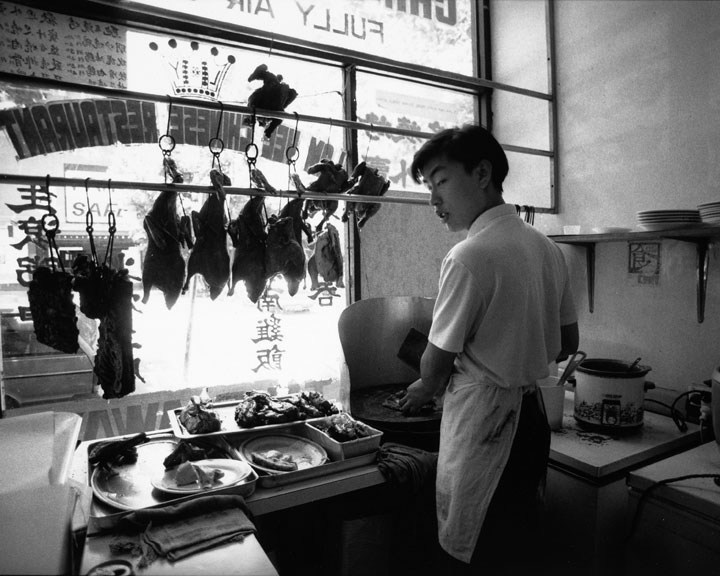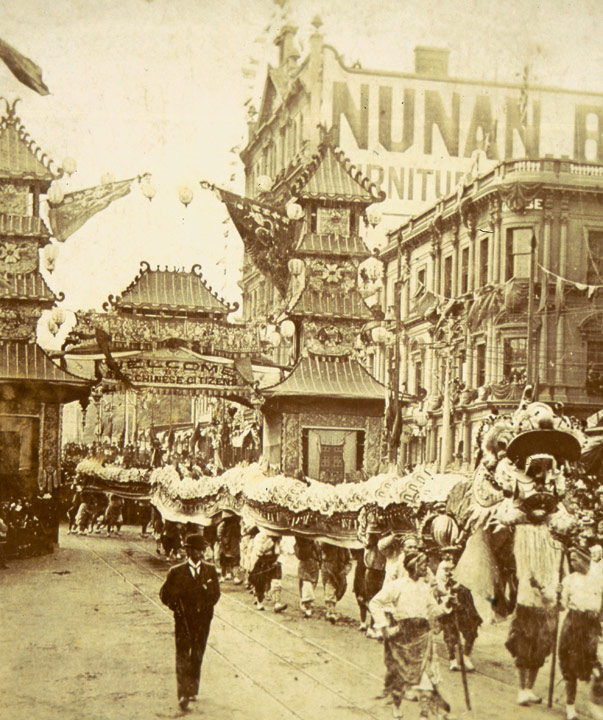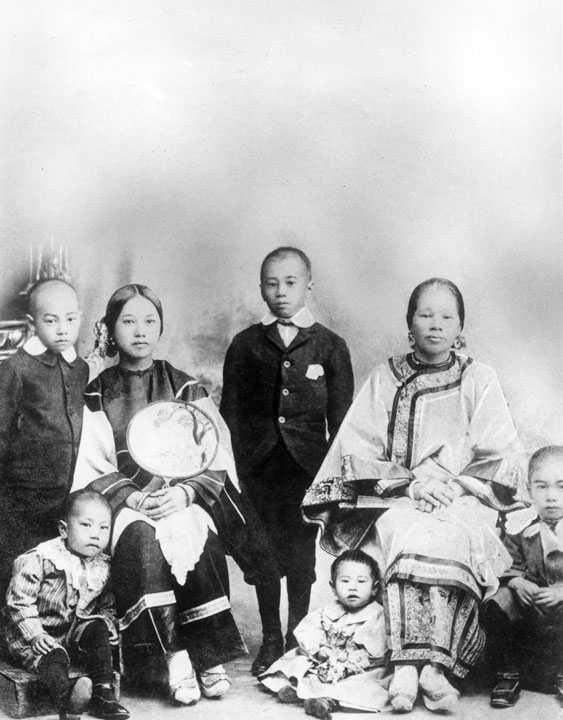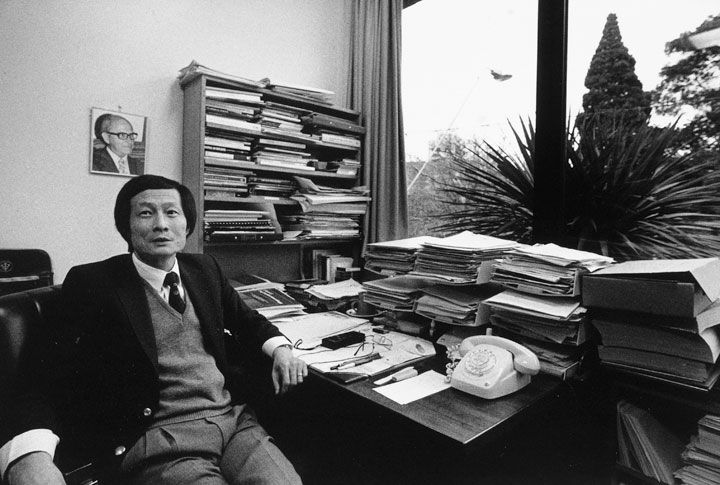Immigration History from China to Victoria
Chinese settlers first rushed to Victoria in large numbers hoping to strike gold. Most were men contracted to agents who sponsored their voyages, and they faced years of difficult repayments. They also sent money back to their families in China.
By 1861, the Chinese community was already thriving, making up nearly 7% of the Victorian population. Melbourne’s Little Bourke Street became a bustling centre for Chinese cultural and business activity.
As the gold ran out, many Chinese settled as market gardeners or farm hands. Some set up small grocery stores or fruit and vegetable-hawking businesses in country towns. Others worked around Melbourne in a variety of pursuits, including import-export businesses, laundry operations, cabinet making and in medicine. Many Chinese religious and cultural organisations were established, and Chinese New Year celebrations became a highlight in many towns in Victoria.
Chinese immigration had been restricted by Government policy from as early as the 1850s, but it was the 1901 Immigration Restriction Act – often called the White Australia Policy – that significantly hindered the entry of non-Europeans, including the Chinese, through the use of a dictation test. Residency conditions were also strictly controlled.
The Chinese community actively protested against prejudice, however, and activists such as Loius Ah Mouy and Lowe Kong Meng highlighted the important economic and social contributions made by members of their community. Finally, policy restricting the migration of non-Europeans was lifted in the 1970s, and trade links with China were subsequently strengthened.
Between 1986 and 1991 the China-born population in Victoria more than doubled to over 20,000. This number was largely due to the many Chinese students seeking citizenship and asylum after the repression of student demonstrations at Tiananmen Square in 1989.
In 2016, the census recorded 160,652 China-born people in Victoria. In recent years many professionals have migrated from China, including scholars, doctors and business investors. Many more live in Victoria temporarily as students. They have continued a long and proud history of a Chinese community that has made an important contribution to Victorian life.
Immigration History from China (Cantonese) to Victoria
初期從中國前來的定居者﹐大批湧到維多利亞﹐希望可以在這裡淘到黃金。他們以男性居多﹐很多人跟代理商簽訂了合約﹐以換取旅費。抵達後﹐他們經年累月﹐都要爲還債而憂心﹐而另一方面﹐他們也會把錢寄給仍留在中國的家人。
到了 1861 年﹐華人社群已頗具規模﹐他們約佔維多利亞人口百分之七。墨爾本的唐人街 (Little Bourke Street) 成爲了一個繁華熱鬧的中國文化與商業活動的中心。
後來黃金漸漸被淘光﹐很多華裔移民便當起菜農或農場工人。有些在一些小鎮﹐經營規模細小的雜貨店﹐或售賣水果蔬菜﹐另一些則在墨爾本附近一帶﹐從事不同的行業﹐例如出入口生意﹑洗衣店﹑傢具製作及醫藥業。隨後﹐華人宗教及文化團體紛紛成立﹐而很多維多利亞的城鎮﹐都有慶祝農曆新年的習俗。
早於 1850 年代﹐澳洲政府已實施政策﹐限制來自中國的移民﹐可是﹐於 1901 年通過的“移民限制法案”(Immigration Restriction Act)﹐一般稱為“白澳政策”) ﹐利用“語言聽寫測驗”﹐有效排除非歐州的移民﹐中國人自然受到影響﹐而當時的居留權條件﹐也受到嚴格控制。
華人社群一直反對這種偏見﹐好像 Louis Ah Mouy (雷亞妹) 及 Lowe Kong Meng (劉光明) 這些積極分子﹐清楚顯示他們的社群﹐曾經對澳洲的經濟與社會作出了重要貢獻。到了 1970 年代﹐排除非歐州移民的政策最終被廢除﹐而澳洲與中國的貿易往來也逐漸增強。
在 1986 至 1991 年間﹐維多利亞的人口中﹐於中國出生的數目增加了一倍多﹐達到 20,000 多人。這現象跟 1989 年﹐在天安門示威的學生被鎮壓﹐令到很多中國留學生尋求成爲公民或政治庇護有莫大的關係。
根據 2011 年進行的人口普查結果顯示﹐維多利亞的人口中﹐有 93,895 人於中國出生。近年來﹐很多來自中國的專業人士移民到此﹐他們有些是學者﹑醫生及商業投資者。另外有更多中國人以學生身份﹐暫居於維多利亞。這些人﹐延續了華人社群在本地悠久﹑值得驕傲的歷史﹐繼續爲維多利亞的生活﹐作出寶貴貢獻。
Immigration History from China (Mandarin) to Victoria
最早来到维多利亚的大批华人都是淘金者。他们大多是和擔保他們船費的蛇頭签署了契約而来的男性。他们不但要挣钱寄回给中国的家人,还要偿还契約签下的巨額债务。
到1861年,维多利亚的华人社区已经非常繁荣了,几乎占据了维多利亚7%的人口。墨尔本的小博街也成了热闹的华人文化和商业的中心。
当金矿逐渐减少时,很多华人转行做了菜農或者农场帮手。有些人在乡镇上开起了小店经营日用品或水果蔬菜。另一些在墨尔本做起了其他行当,比如进出口生意、洗衣房、木匠和药店。很多华人的宗教和文化组织也形成了,而中国农历新年的庆祝也成了很多维多利亚城镇的一道风景。
华人移民最早从1850年代起就受到政府政策的限制,但1901年的移民限制法 – 通常被稱為 白澳政策 – 通过设立听写测驗,大量减少了包括华人移民在內的非欧洲裔移民數額。居留权也收到严格控制。
华人社区积极地对这种歧视进行了抗议,像Loius Ah Mouy 和 Lowe Kong Meng 这样的活動人士声明了华人为当地社会做出重要的经济和社会贡献。限制非欧洲裔移民的政策終於在1970年代被廢除。此后,澳洲与中国的商贸往来逐漸加强。
在1986和1991年间,维多利亚州中国出生的人口增长了2倍以上,超過兩萬人。这个数字大部分是在1989年天安门事件后寻求政治避难和加入澳洲国籍的中国留学生。
根據2011年的人口普查 ,维多利亚州有93,895名出生于中国的居民。近年来,很多专业人士包括学者,医生和商业投资者都从中国移民来到维多利亚州,更多的是临时居留的中國留学生。他们共同書寫着为维多利亚社会做出重要贡献的华人社区漫长而光荣的历史。



